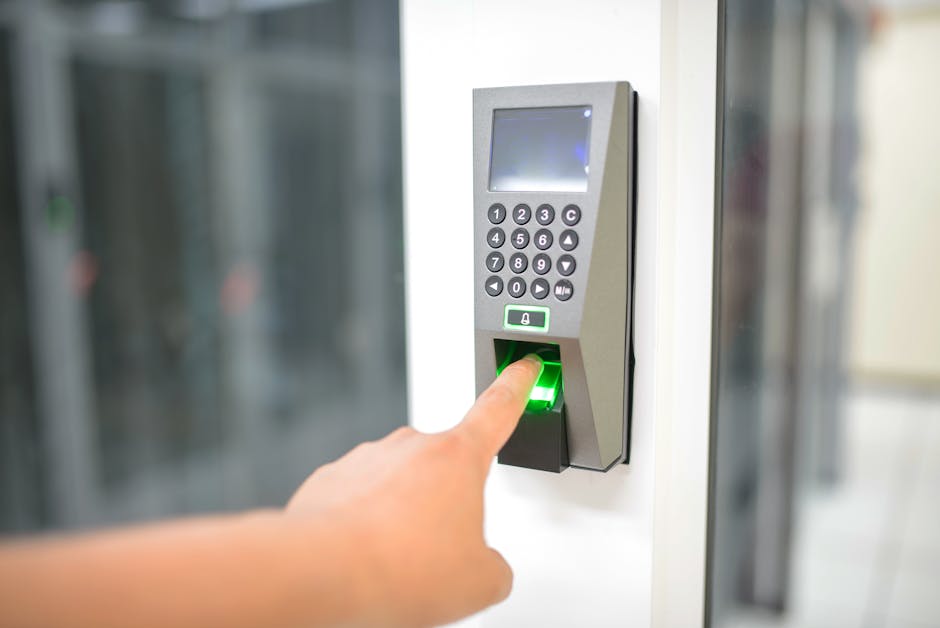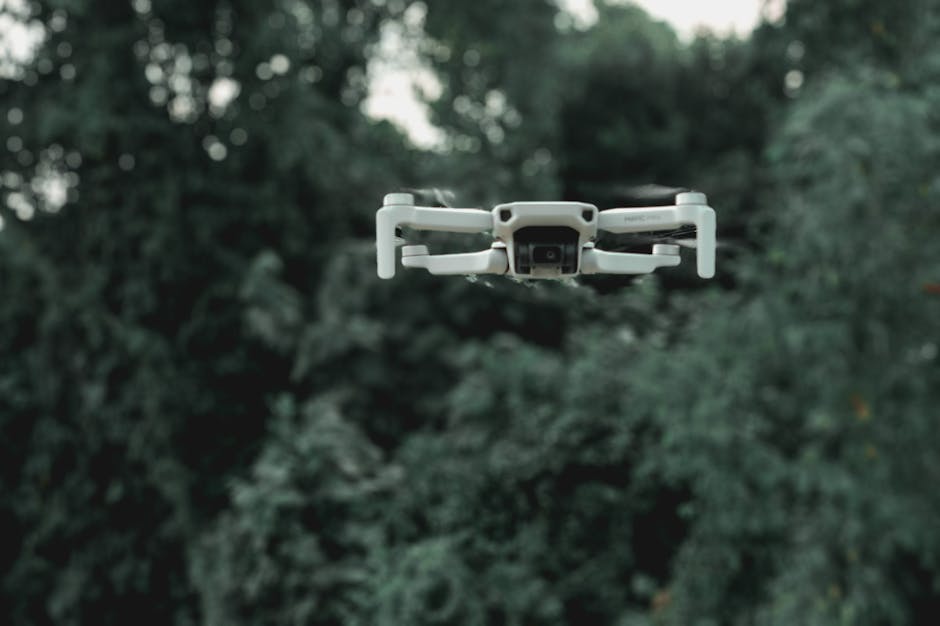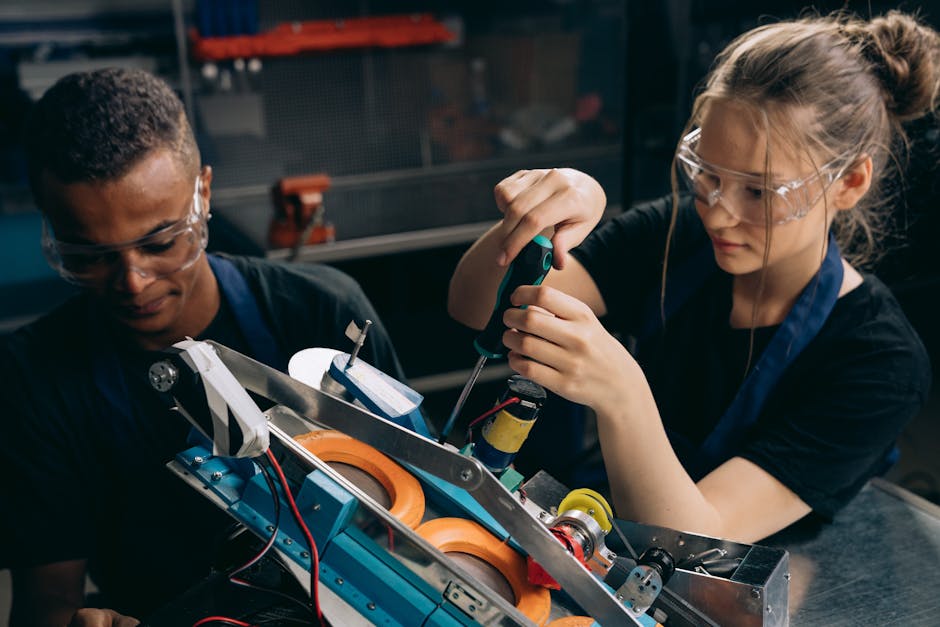Unlock encrypted content
Please enter your SSCE key to initiate on-the-fly decryption.
Decryption key: (Click cancel if you don't have the key)
Copied link to clipboard.
This feature is unavailable for free accounts. Upgrade now and enjoy all Premium benefits.
Go Premium!
This feature is unavailable for free accounts. Upgrade now and enjoy all Premium benefits.
Go Premium!
Please open this page in browser ( Google Chrome or Safari ) to use this feature.
Open In Browser
Vehicle Safety Systems: Ensuring Data Redundancy and Reliability
Random related video for this blog.
Copied share link to clipboard.
With the increasing complexity of vehicles and the rise of autonomous driving, ensuring the safety of passengers and pedestrians has become a top priority. To achieve this, vehicle safety systems rely on data redundancy and the integration of advanced technologies such as augmented reality (AR) and secure file archiving. In this article, we will explore the importance of data redundancy in vehicle safety systems, the role of augmented reality in enhancing safety, and the significance of secure file archiving for future transportation.
Data Redundancy: A Pillar of Vehicle Safety Systems
Data redundancy is a fundamental aspect of vehicle safety systems, ensuring that critical information is always available even in the event of system failures or malfunctions. By duplicating important data across multiple storage devices or locations, vehicle safety systems can maintain their functionality and provide accurate information to drivers and autonomous vehicles. One example of data redundancy in vehicle safety systems is the storage of sensor data. Modern vehicles are equipped with various sensors, such as radar, lidar, and cameras, to gather information about the surrounding environment. This data is crucial for making informed decisions, such as detecting obstacles, identifying pedestrians, or predicting potential collisions. By implementing redundant storage systems, vehicle safety systems can ensure that this sensor data is preserved even if a particular storage device fails. Moreover, data redundancy also plays a significant role in the context of cloud storage. Cloud storage offers a convenient and reliable solution for storing and accessing vehicle safety data. By leveraging cloud storage, vehicle manufacturers and service providers can securely store a vast amount of data, including sensor readings, diagnostic information, and software updates. Data redundancy in cloud storage ensures that even if one server fails, the data remains accessible from alternative servers, minimizing the risk of data loss or system downtime.Augmented Reality: Enhancing Vehicle Safety
Augmented reality (AR) is an emerging technology that has the potential to revolutionize vehicle safety systems. By overlaying virtual information onto the real-world environment, AR can provide drivers and autonomous vehicles with enhanced situational awareness, reducing the risk of accidents and improving overall safety. One application of AR in vehicle safety systems is the integration of head-up displays (HUDs) in vehicles. HUDs project important information, such as speed, navigation instructions, and collision warnings, onto the windshield or a dedicated display in the driver's field of view. This allows drivers to access critical information without diverting their attention from the road, minimizing the risk of distractions. Furthermore, AR can also enhance pedestrian safety by providing real-time visual cues to both drivers and pedestrians. For example, using AR technology, pedestrians could be alerted to approaching vehicles, while drivers could receive warnings if pedestrians are in their blind spots. These augmented visual cues can significantly improve communication between drivers and pedestrians, reducing the likelihood of accidents.Secure File Archiving: Safeguarding Future Transportation
As transportation evolves and futuristic technologies such as autonomous vehicles and mind uploading become a reality, the need for secure file archiving becomes paramount. Secure file archiving ensures the long-term preservation and accessibility of critical data, enabling future transportation systems to operate efficiently and safely. With the advent of autonomous vehicles, vast amounts of data are generated and collected every second. This data includes sensor readings, mapping information, and real-time traffic updates. Secure file archiving solutions, such as those offered by FileLu cloud storage, provide a reliable platform for storing and managing this massive volume of data. By securely archiving this data, future transportation systems can leverage it for advanced analytics, machine learning algorithms, and continuous improvement. Moreover, secure file archiving is also essential for preserving the integrity of mind uploading technologies. Mind uploading, a concept associated with transhumanism, involves transferring an individual's consciousness or cognitive processes into a digital format. To ensure the successful and secure transfer of such sensitive information, robust file archiving systems are required. These systems would guarantee the privacy, reliability, and accessibility of the uploaded minds, enabling a seamless transition to a digital existence.Frequently Asked Questions (FAQs)
Question: How does data redundancy contribute to vehicle safety systems? Answer:
Data redundancy ensures that critical information is always available, even in the event of system failures or malfunctions. By duplicating important data across multiple storage devices or locations, vehicle safety systems can maintain their functionality and provide accurate information to drivers and autonomous vehicles.
Question: How does augmented reality enhance vehicle safety? Answer:
Augmented reality (AR) enhances vehicle safety by overlaying virtual information onto the real-world environment. AR technologies, such as head-up displays (HUDs), provide drivers and autonomous vehicles with enhanced situational awareness, reducing the risk of accidents and improving overall safety.
Question: Why is secure file archiving important for future transportation? Answer:
Secure file archiving ensures the long-term preservation and accessibility of critical data, enabling future transportation systems to operate efficiently and safely. With the advent of autonomous vehicles and mind uploading technologies, secure file archiving becomes paramount for storing and managing vast amounts of data and preserving the integrity of sensitive information.
Case Studies Case Study 1: XYZ Automotive Company XYZ Automotive Company, a leading manufacturer of autonomous vehicles, implemented a robust data redundancy strategy in their vehicle safety systems. By duplicating sensor data across multiple storage devices, they ensured the availability of critical information even in the event of hardware failures. This approach significantly improved the reliability and safety of their autonomous vehicles, minimizing the risk of accidents. Case Study 2: Future Transportation Solutions Future Transportation Solutions, a startup specializing in futuristic transportation technologies, partnered with FileLu cloud storage to ensure secure file archiving for their data-intensive projects. By leveraging FileLu's reliable and scalable infrastructure, they were able to store and manage large volumes of sensor data, enabling advanced analytics and machine learning algorithms. This partnership played a crucial role in the successful development and deployment of their autonomous transportation solutions. In conclusion, vehicle safety systems heavily rely on data redundancy, augmented reality, and secure file archiving to ensure the safety of passengers and pedestrians. Data redundancy guarantees the availability of critical information, while augmented reality enhances situational awareness and communication. Secure file archiving enables the efficient and secure management of vast amounts of data, supporting future transportation systems and emerging technologies. As technology continues to advance, these pillars of vehicle safety systems will play an increasingly crucial role in shaping the future of transportation. FileLu cloud storage offers a reliable and secure solution for storing and managing vehicle safety data. With premium plans ranging from 256 GB to 500 TB at prices as low as $2.50 per month, and free plans from 10 GB to 250 GB, FileLu caters to the needs of individuals and businesses alike. Additionally, FileLu's large file transfer capabilities allow users to send files up to 250 GB in size, making it a versatile solution for various applications.
By Amelia Isabella
Email: [email protected]
Related
Brain-Machine Interfaces: Revolutionizing Nanomedicine and Real-Time File Collaboration
July 5, 2023
Read More
Advanced Driver Assistance Systems (ADAS): Enhancing Road Safety and Efficiency
July 5, 2023
Read More
Free Remote Upload: Streamline Your Music Listening Experience with Artificial...
July 5, 2023
Read More
Advanced Technological Innovations: Exploring 5G, Autonomous Drones, and Data Security
July 5, 2023
Read More
Cloud-based File Editing: Advanced Encryption Algorithms for Secure Autonomous Vehicles...
July 5, 2023
Read More
Vehicle Safety Systems: Efficient Data Replication for Cognitive Computing Storage
July 5, 2023
Read More
Advanced File Transfer and Storage Solutions: Enhancing Efficiency and Security
July 6, 2023
Read More
Popular
The Future of Technology: Exploring Biohacking, Space Tourism, and Digital...
November 23, 2025
Read More
Exploring the Benefits of Cloud Storage and Innovative Technologies in...
November 26, 2025
Read More
The Future of Digital Transformation: Exploring Smart Homes, Efficient File...
November 30, 2025
Read More
Latest
The Future of Digital Transformation: Exploring Smart Homes, Efficient File...
November 30, 2025
Read More
Exploring the Benefits of Cloud Storage and Innovative Technologies in...
November 26, 2025
Read More
The Future of Technology: Exploring Biohacking, Space Tourism, and Digital...
November 23, 2025
Read More
The Future of File Sharing: Streamlined Workflows for Photographers and...
November 19, 2025
Read More
Exploring the Intersection of Technology: From Cybersecurity to Augmented Reality...
November 16, 2025
Read More
The Future of File Management: Embracing Edge Computing and Efficient...
November 12, 2025
Read More
The Future of File Sharing: Exploring User-Friendly Solutions and Data...
November 5, 2025
Read More
The Future of Cloud Storage: How FileLu Empowers Creative Professionals...
November 2, 2025
Read More
The Future of Autonomous Technologies: Innovations in Robotics, File Sharing,...
October 29, 2025
Read More
Emerging Technologies Revolutionizing File Management: From Li-Fi to Robust Collaboration...
October 26, 2025
Read More
Emerging Technologies: Exploring the Impact of File Access Auditing, Genetic...
October 19, 2025
Read More
The Future of Data Storage: Exploring Advanced Encryption, Mobile Integration,...
October 5, 2025
Read More
Exploring the Future of Data Management: Security, Efficiency, and Cognitive...
September 28, 2025
Read More
Revolutionizing Data Management: Innovations in Storage, Security, and Sustainable Technology.
September 24, 2025
Read More


















